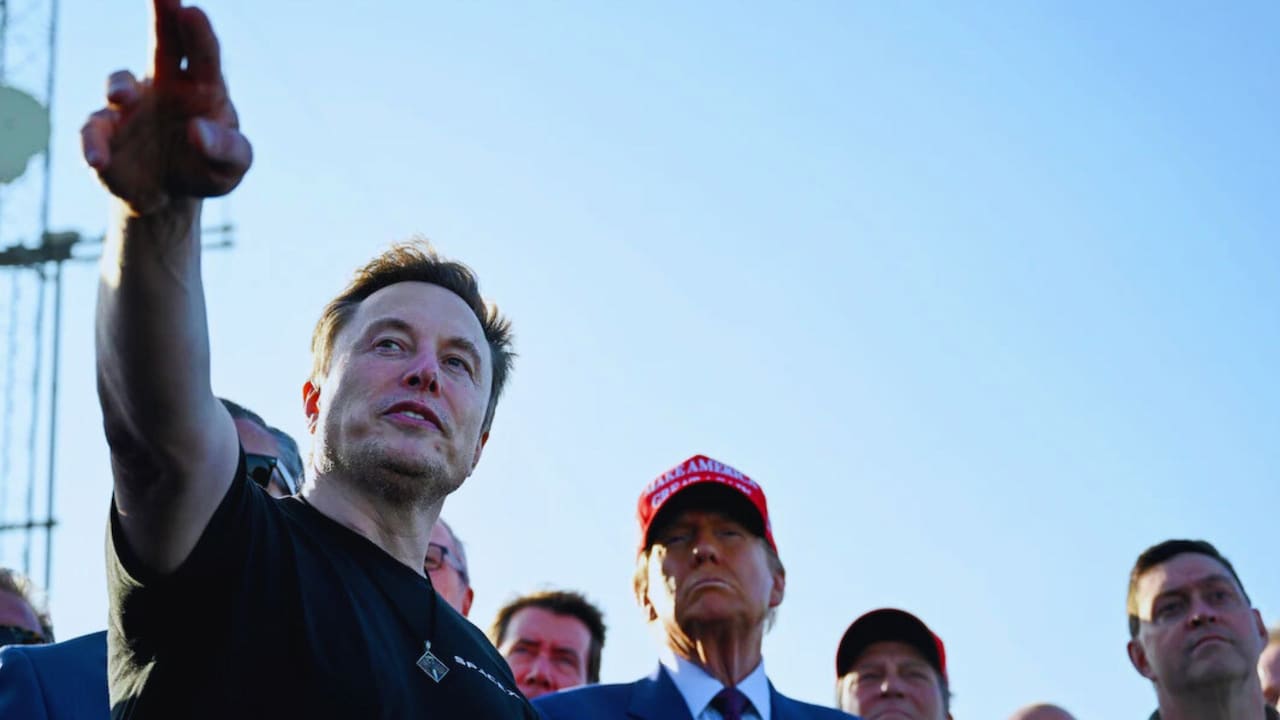Trump’s Bold Move: DOGE Initiative Signals Major Federal Workplace Revolution
In a groundbreaking development that’s sending shockwaves through Washington’s corridors of power, President-elect Donald Trump’s newly announced Department of Government Efficiency (DOGE) is poised to dramatically reshape the federal workplace landscape.
This initiative, led by tech titan Elon Musk and former presidential candidate Vivek Ramaswamy, promises the most significant transformation of federal work culture in recent memory.
At the heart of DOGE’s agenda lies a controversial plan to end remote work across federal agencies, potentially triggering what experts call a “great resignation” in government service. Speaking from the ground in Washington, I’ve witnessed firsthand the mounting tension among federal workers as this news breaks.
Breaking Down the DOGE Initiative:
The plan’s centerpiece includes forcing all federal employees back to office spaces five days a week. Sources close to the initiative reveal this isn’t just about workplace policy – it’s a strategic move to trim the federal workforce through voluntary departures. “It’s a no-brainer step,” says one insider familiar with the discussions, pointing out that private companies have already made similar moves.
The numbers are striking: 1.3 million federal workers have telework approval. Under the new plan, these employees would face a stark choice: return to office or seek employment elsewhere. The impact could be seismic, especially considering many workers have built their lives around remote work arrangements since the pandemic.
Authentic Voices, Real Concerns:
“I can’t abandon this career,” shares a Library of Congress employee who moved to the Midwest during the pandemic. This worker, who requested anonymity, faces the prospect of uprooting their life or leaving their position.
Another federal employee from the General Services Administration tells me they would need to commute 2-3 hours to reach their nearest office – a deal-breaker that would force their resignation after a decade of service.
Beyond Remote Work:
But DOGE’s ambitions don’t stop at ending remote work. The initiative targets what Ramaswamy calls a “totally nuts” situation: over $516 billion in annual taxpayer funds going to expired programs. The plan also includes:
- Moving federal agencies out of Washington, DC
- Implementing new cost-cutting measures through executive orders
- Developing long-term reduction plans through the rulemaking process
- Reviewing and potentially cutting 1,200+ unauthorized programs still receiving funding
Expert Perspectives:
Labor representatives are pushing back hard. Everett Kelley, national president of the American Federation of Government Employees, argues that claims about federal workers not working in person are “simply not backed up by data and reality.” The union, representing over 800,000 federal workers, insists any changes must go through proper collective bargaining.
Looking Ahead:
While Musk and Ramaswamy promise a “small, nimble team” to lead these reforms, the ripple effects could be enormous. Federal agencies will be tasked with identifying their cuts, suggesting this initiative could reshape government operations from within.
As this story develops, one thing is clear: the federal workforce faces its biggest shake-up in decades. The question isn’t just about where people work – it’s about the future of government service itself.
Will this lead to a more efficient government or trigger a mass exodus of talented public servants? The coming months will tell, but one thing’s sure: Washington’s workplace revolution has begun.
Stay tuned for more updates as this transformative initiative unfolds.
